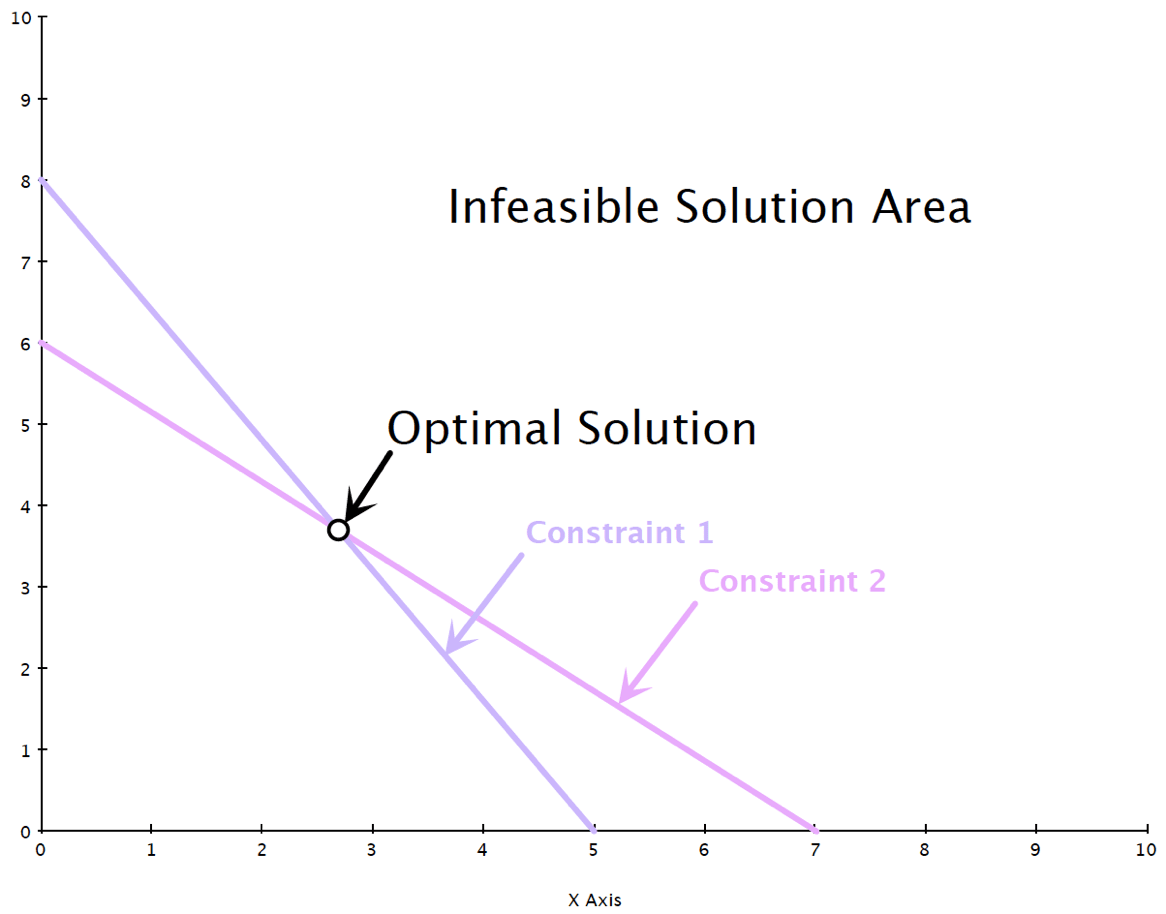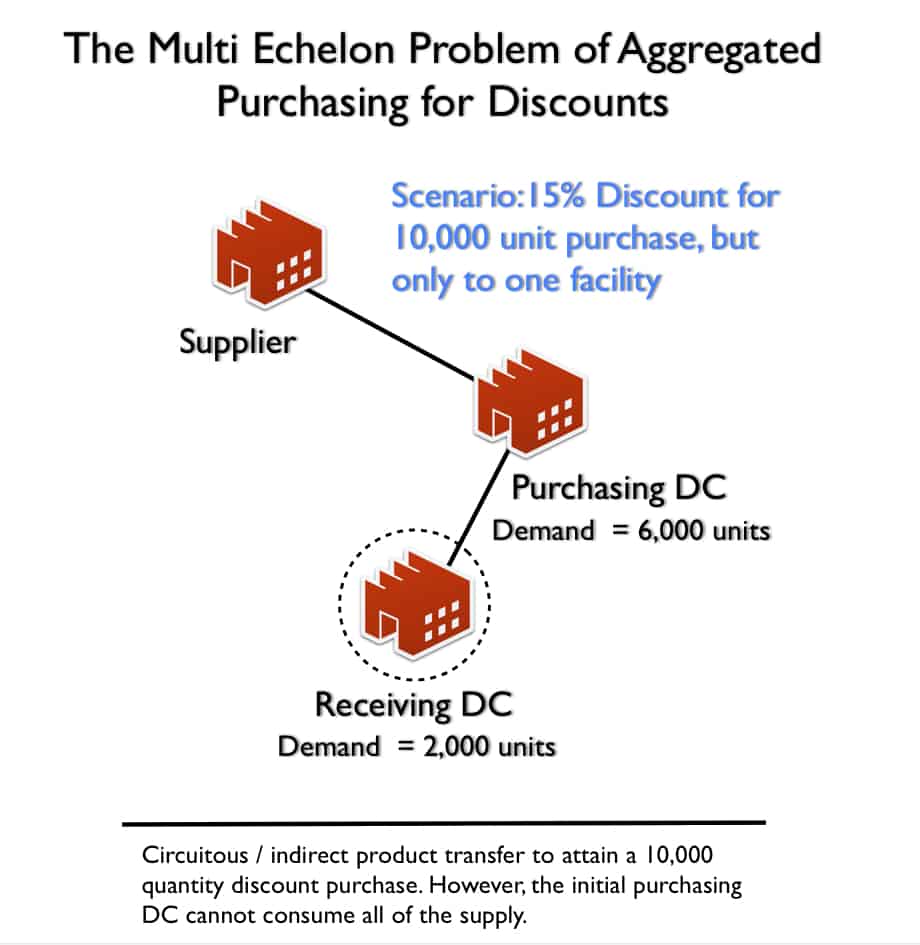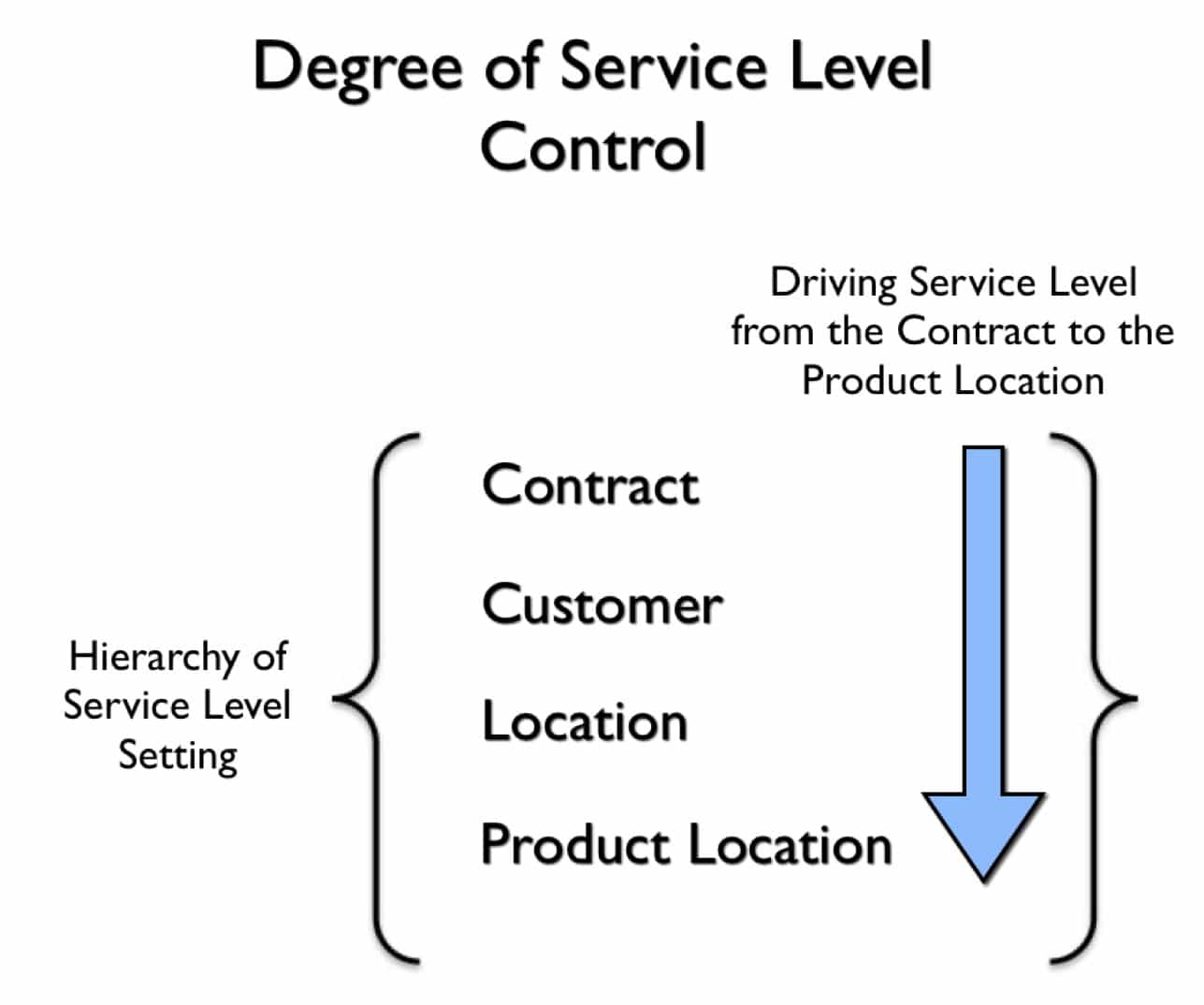Introduction
Supply planning uses the methods of MRP, DRP, heuristics, allocation, and optimization (both cost and inventory) to make the recommendations of what, when and how much to bring material into the supply network. And also the what, when, and how much to move material between the locations of the supply network, and in some applications what, when, and how much create the production recommendations. Supply planning was performed exclusively in ERP systems using the twin methods of MRP and DRP up until the mid-1990s when companies began investing in advanced planning systems. These advanced planning systems used more sophisticated methods that up until that point hardware was insufficiently powerful to leverage. These applications were introduced with great fanfare but also had high failure rates because they were generally not designed to be easily implemented or easily maintained. Applications in this category are what we refer to as the first-generation advanced planning products. And several software vendors are still selling these applications as if they are state of the art. A useful marker of first-generation advanced planning applications is if it uses a cost optimizer. During the period when the first generation, the prevailing wisdom was that any supply chain domain could be “optimized” by focusing on minimizing costs. Some of the advanced planning applications have still not progressed beyond this state. Optimizers are run with constraints, which limit the result to what is feasible.
When used in planning, constraints limit the solution to what is feasible, or what is actionable by the business. By limiting the solution, the time and processing spent evaluating recommendations that cannot be converted in reality are also limited.
The Real Story Behind Constrained Planning
The ability to use constraints is a significant differentiator between applications in the minds of buyers. However, the ability of buyers to implement constrained systems is much more limited. One of the critical factors in how well constraint-based systems can be implemented is how easily constraints can be modified and assigned – something which buyers rarely look for. The best application at managing constraints that we have seen is PlanetTogether, which is primarily a production planning and scheduling software vendor, although they are moving into supply planning. Curiously enough, while applications like SNP can hold supply planning constraints, by far the most common constraints used in supply planning are production constraints. Supply planning applications can be differentiated partially based upon whether they can incorporate production constraints. When they do, and when they are used, the planning system generates both the initial production plan along with the supply plan (stock transfers and purchase requisitions). After this point, the supply plan and initial production plan are passed to the production planning and scheduling system where the more detailed planning and scheduling are performed, and adjusted, before being passed back to the supply planning system. This is the standard approach used by the supply planning applications that can incorporate production constraints. We refer to it as the sequential approach, because first the supply plan is run, then the production planning and scheduling are run. However, after several decades of working this way, our observation of the standard approach is not sufficient. PlanetTogether, a software vendor we rate as the most innovative in the production planning space, are currently developing ways in which the supply plan and production plan are created in a single planning run. Something which allows production to be managed much more flexibly than in the standard sequential approach.
Choosing 2nd Generation Planning Applications
Because of the numerous implementation problems with first-generation supply planning systems, we tend to score applications significantly higher if they were new – which would mean being developed on new principles within the past ten years. This is not because we are focused on newness for merely the sake of novelty, but because there have been observations about what has and has not worked in supply planning, and older applications. While they may make some changes, have difficulty in being adjusted to work a more modern and effective way. In addition to the modernity of the methods used, we give significant weight to how well users can adopt the system. One of the highest-rated applications in this category does not use sophisticated methods for generating the supply plan but is highly rated because the software vendor focused on usability and maintainability. This should demonstrate our view, which we can support with project experience, that the complexity of the mathematics used to generate the supply plan is only one measurement of the application. This is a consistent observation across many enterprise software categories if not all of them that complex solutions often do not lead to good outcomes.
Inventory Optimization and Multi-Echelon Planning
Several of the applications profiled in this software category section use the inventory optimization and multi-echelon planning (MEIO for short) method. MEIO is an innovative use of two separate forms of optimization: inventory optimization and multi-echelon inventory optimization (but which I refer to as multi-echelon planning to reduce confusion). MEIO applications are an example of the 2nd generation planning applications that we just discussed. While cost optimizers are generic and adapted to different supply chain planning domains, MEIO was an attempt to adjust the optimizer for the specific environment of supply planning; each component of MEIO answers a separate supply chain-planning question.
- Inventory Optimization: Answers the question of how much to keep in inventory.
- Multi-echelon Planning: Answers the question of where to keep inventory in the supply network.
Developers of MEIO applications have very smoothly combined both sets of mathematics (which were developed separately) to work in unison during a single supply planning run. Unlike supply planning techniques that use sequential processing or calculation, MEIO calculates the service-level impact of carrying one additional item at every product location combination. And then sorts the list of options by their contribution to service levels and selects the best contributor. It is a powerful technology that is still only understood – beyond a high-level understanding – by a small portion of the people that work in supply planning. Some essential concepts behind MEIO are included in the following paragraphs.
While most companies have multi-echelon networks, not all supply networks are of equal complexity from the perspective of multi-echelon. The more locations, and the more echelons (regional DCs, which feed DCs, which feed-forward stocking locations, etc.), the more complex the multi-echelon problem becomes, and the more beneficial the implementation of MEIO software would be. Service parts networks are known for having a high number of echelons due partially to their need for forwarding stocking locations that can quickly service expensive equipment, thus minimizing equipment downtime. Service parts networks have the additional complexity of needing to move repairable items to locations in the supply network where they can be serviced. Therefore, it is not surprising that one of the early innovators in multi-echelon inventory optimization was MCA Solutions, a vendor that focused on the service parts market. Unfortunately, they were acquired by Servigistics. Furthermore, the earliest papers on multi-echelon and inventory optimization were directed towards optimizing service parts networks, not finished goods networks. For any application to be multi-echelon, it must have the concept of effective lead time – that is instead of viewing lead time as a static input, the effective lead time is situational and dependent upon other conditions in the supply network.
In this example, the effective lead-time is the lead-time experienced by a customer at a retail location. Note the chain effect: their effective lead-time increases as the quantity demanded increases as more demand stocks out sites higher in the supply network. The numbers here are kept small to improve the clarity of the explanation. A fundamental assumption is that this is a single product supply chain. All locations carry only one product. The example above shows that while the actual lead time stays the same between the locations, depending upon the demand vs what has stocked at the various locations the effective lead time changes depending upon how high the multi-echelon supply chain it is necessary to go to obtain inventory. Service levels can be set at various places, which vary depending upon the particular vendor. Companies that intend to select and implement MEIO software should have the necessary internal discussions as to how and where they want to control their supply planning with service levels. The way the implementing company is currently performing supply planning will if unaltered, will not be able to leverage MEIO’s capabilities fully. The decision of where to set service levels should be known before any MEIO software selection. Of course, this means understanding the options for service levels. To this end, I have listed the choices below. In MEIO software, service levels can be set by the following:
- At the location
- At the product-location combination
- At the group location
- At the customer
- At a product mix, and
- *At the contract/equipment
Where the service level can be set in the application makes a huge difference in terms of how the company can use the application as well as how powerful the application is. But also in the degree of maintenance required after the application is installed. MEIO applications can be categorized partially by how easily the service level is set and how high in the hierarchy—contract, customer, location, and product location—the service level can be set
Multi-source Planning
Multi-source planning (or multi-sourcing) — the ability to have the system flexibly choose from external sources of supply — has been a consistent requirement at many companies. However, many companies have also had a problem getting multi-source planning to work the way they want it to work. So it is not implemented as commonly because of issues with functionality robustness. Buyers must do a better job of having the software vendors make proof of concepts with regards to multi-sourcing work if the application is being partially purchased based on this.
Software Category Summary
Supply planning has a hangover from the purchase and implementation of many overly complex applications and developed and implemented by software vendors more focused on sales than on implementation success. The likelihood of receiving an excellent supply plan from and ERP system is low. Supply planning systems are critical to the overall solution architecture, but the best applications cannot be found from any of the name brand software vendors. To find a proper supply planning application, buyers should be looking for 2nd generation applications and software vendors who have thought through what has and had not worked in previous approaches. Supply planning software is a complex area to analyze, and it’s easy to get tied up in the complexity of some of the applications. Overall this software category has a small number of compelling applications. This is an area where buyers understand their requirements and their tolerance for complexity before even initiating a software selection.
MUFI Rating & Risk
See the MUFI Ratings & Risk below for all of the applications we cover.



